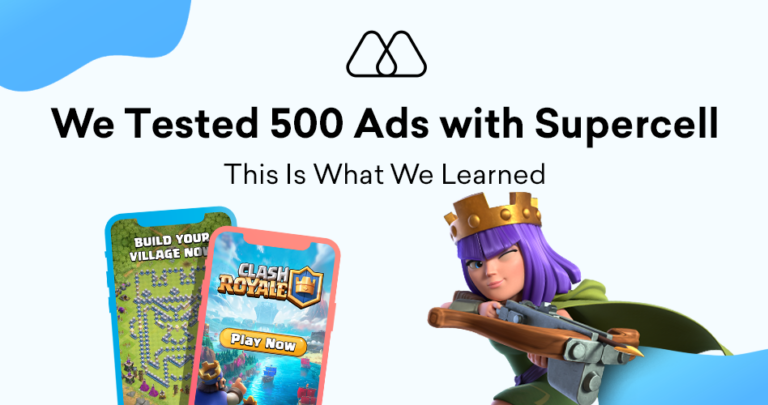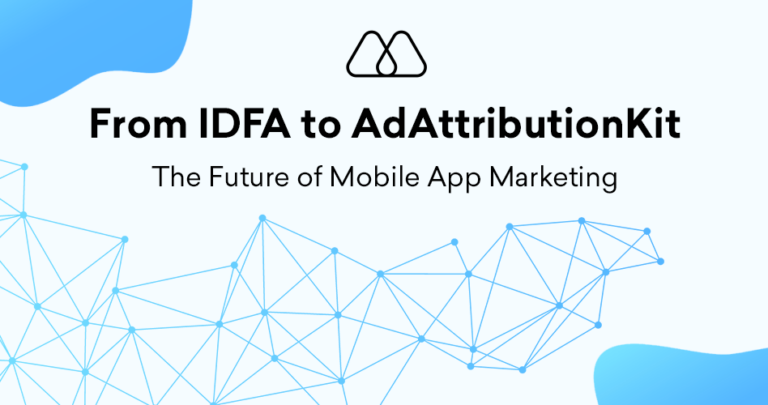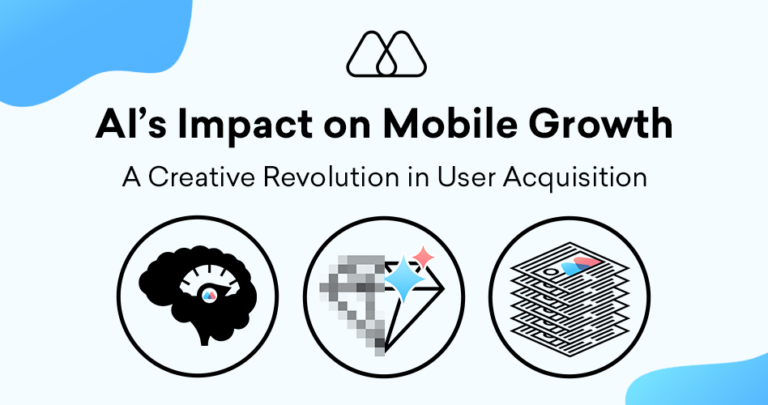In today’s dynamic mobile advertising landscape, understanding where your mobile app users come from is critical for campaign optimization and maximizing return on investment (ROI). Mobile app attribution plays a central role in this endeavor, providing marketers with valuable insights into the user journey and the effectiveness of different marketing channels in driving desired actions within your app. This article delves deep into mobile app attribution, exploring its core concepts, different attribution models, and best practices for implementation in your mobile app advertising strategies.
Defining Mobile App Attribution
Mobile app attribution is assigning credit to specific marketing channels or touchpoints to drive a desired action within your mobile app. These actions can encompass a variety of events, such as app installs, in-app purchases, user registrations, or completing specific in-app tasks. Marketers gain a deeper understanding of which channels are most effective in reaching their target audience and achieving their desired outcomes by attributing these actions to their source channel.
The Importance of Mobile App Attribution
Without effective attribution, mobile app marketers operate in the dark. They lack crucial insights into the effectiveness of their marketing efforts, hindering campaign optimization and budget allocation strategies. Mobile app attribution offers a multitude of benefits, including:
- Measure Campaign Effectiveness: Attribution data reveals which marketing channels drive the most valuable app installs and user actions. This allows you to identify high-performing channels and optimize campaigns accordingly.
- Optimize Budget Allocation: You can allocate your advertising budget more strategically by using insights to attributions. Invest more heavily in channels that demonstrably deliver high-value users and scale back on those with lower returns.
- Improve User Acquisition Strategies: Attribution data helps you understand the user journey and identify the touchpoints that motivate users to install and engage with your app. Use this knowledge to refine your user acquisition strategies and target the right users at the right time.
- Measure In-App User Behavior: Modern attribution solutions can track app installs and in-app actions. This allows you to analyze user behavior within your app and understand how different marketing channels influence user engagement and monetization.
- Improve Campaign Targeting and Messaging: By understanding which channels resonate best with your target audience, you can tailor your messaging and targeting strategies for each channel, leading to more effective and higher-converting campaigns.
Understanding Different Mobile App Attribution Models
Several attribution models exist, each assigning credit differently to the various touchpoints within the user journey. The most common models include:
- Last-Click Attribution: This model awards all credit for a conversion (e.g., app install) to the last channel a user interacted with before installing the app. While simple to understand, it fails to account for the role of earlier touchpoints in influencing the user’s decision.
- First-Click Attribution: This model assigns all credit to the user’s first channel interaction on their journey toward conversion. However, it overlooks the influence of later touchpoints that may have reinforced the user’s interest and led to the final action.
- Time-Decay Attribution: This model distributes credit across all touchpoints a user interacts with, with a gradual decay in credit assigned to interactions further back in time. This provides a more nuanced view of the user journey but can be complex to implement.
- Position-Based Attribution: This model assigns a predetermined percentage of credit to the first and last touchpoints in the user journey, with the remaining credit distributed equally among all touchpoints between the beginning and end. This offers a middle ground between last-click and first-click attribution.
- Data-Driven Attribution: This advanced model leverages machine learning algorithms to analyze user behavior data and assign credit to different touchpoints based on their relative contribution to the conversion. This method provides the most accurate picture of the user journey but requires sophisticated technologies and data analytics expertise.
Choosing the Right Mobile App Attribution Model
The optimal attribution model for your mobile app depends on several factors, including:
- Your marketing goals: Are you primarily focused on user acquisition or in-app engagement and monetization? For user acquisition, last-click or position-based models might be suitable starting points. For in-app actions, data-driven attribution often proves valuable.
- Campaign complexity: Simpler campaigns with few touchpoints may function well with last-click or first-click attribution. More complex campaigns with diverse touchpoints benefit from models like time-decay or data-driven attribution.
- Data availability: Data-driven attribution requires significant historical data to train the algorithms. If you have limited data, consider simpler models initially and gradually transition to data-driven approaches as your data volume grows.
Best Practices for Implementing Mobile App Attribution
- Select the right attribution partner: Choose a reputable mobile app measurement partner (MMP) that offers robust attribution functionality and integrates seamlessly with your marketing tools and app analytics platform. (e.g. AppsFlyer or Adjust)
- Standardize campaign tagging: Ensure consistent tagging across all your marketing campaigns to facilitate proper attribution data collection.
- Monitor and analyze attribution data: Regularly review your attribution data to understand user behavior and campaign performance. Use these insights to optimize your marketing strategies and improve ROI.
- Consider a multi-model approach: Don’t rely solely on a single attribution model. Utilize multiple models to gain different perspectives on your user journey and identify potential areas for improvement.
The Future of Mobile App Attribution
The mobile app attribution landscape is constantly evolving. Here are some anticipated trends for the future:
- Privacy-focused solutions: Attribution solutions must adapt and leverage privacy-preserving techniques while delivering valuable insights, as user privacy regulations become more stringent.
- Advanced machine learning: Machine learning will be important in data-driven attribution, providing deeper insights into user behavior and touchpoint contributions.
- Omnichannel attribution: Attribution solutions will evolve to encompass data from various marketing channels, including online and offline touchpoints, providing a holistic view of the user journey.
5 Key Takeaways: Optimizing Your Mobile App Advertising Strategy with Mobile App Attribution
- Mobile app attribution unveils the user journey and reveals which marketing channels drive valuable app actions.
- Effective attribution empowers you to optimize campaign performance and maximize return on investment.
- Choose the right attribution model based on your marketing goals, campaign complexity, and data availability.
- Implement best practices for attribution, including selecting the right partner, using deep linking, and consistently monitoring attribution data.
- Embrace evolving trends like privacy-focused solutions, advanced machine learning, real-time attribution, and omnichannel measurement.




